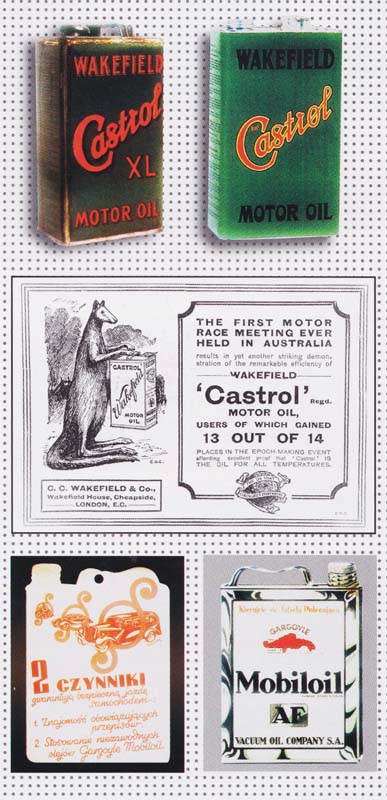 The problem of lubricating devices consisting of moving parts is almost as old as civilization – np. in horse-drawn carriages, the wooden hub had to work smoothly with the axle. Of course, the first lubricants were very primitive, were of natural origin – mainly animal and vegetable fats were used. Anything, just to be slippery.
The problem of lubricating devices consisting of moving parts is almost as old as civilization – np. in horse-drawn carriages, the wooden hub had to work smoothly with the axle. Of course, the first lubricants were very primitive, were of natural origin – mainly animal and vegetable fats were used. Anything, just to be slippery.
The industrial development in the 19th century brought advances in lubrication techniques. W 1859 r. in Oil Creek, Pennsylvania Edwin L.. The first oil well to be drilled opened Drake. This started the modern age of crude oil. It is true that this product was also used before, called rock oil (for many purposes, even medicinal), but it came only from these areas, in which it spontaneously came to the surface.
The oil refining industry developed rapidly. The product of distillation, however, was mainly kerosene used for lighting. The driving force behind the rapid boom in the oil industry was the development of the automotive industry. At the turn of the 19th and 20th centuries,. the largest oil companies known today were established – Royal Dutch/ Shell, ARCO/Burmah/Amoco/BP (today one group together with the acquired Castrol), Standard Oil Trust/Vacuum Oil Company/Standard Oil Company of New York (today Exxon-Mobil). The origins of modern oils and lubricants are related to the v 1899 of the year by Charles Wakefield with the Ca-strol company. The name comes from castor oil – castor oil. Ten years after its founding, Castrol supplied modern lubricants based on mineral and castor oil. W 1930 r. Castrol's oils have become completely mineral, and five years later, the world's first oil enriched with additives increasing the durability of the engine appeared. The development of the automotive industry brought with it further modifications of mineral oils.
Interestingly, their history is almost as long – considered synonymous with modernity – synthetic oils. Synthetic hydrocarbons were obtained as early as in 1877 r. First, admittedly unsuccessful, attempts to introduce them to the market took place already in the years 20. last century. The work on synthetic technology was taken over by the aviation industry before the Second World War. W 1958 r. synthetic oil for jet engines was patented and work began on a product suitable for automotive units. The first such API-compliant oil was developed in 1972 r. at Amzoil. In the mid-years 70. Castrol launched Castrol RS oil, and Mobil began selling Mobil oil 1 – both brands are very well known today. But you have to admit, that initially synthetic oils were treated with a certain distance – by frequent leaks caused by engine seals not being adapted to these products. Only a dozen or so years ago, when the technology has been perfected, and the manufacturers put great emphasis on extending the period between oil inspections and changes and on the full multigrade nature of lubricants, synthetic products began to displace oils resulting from the processing of crude oil.